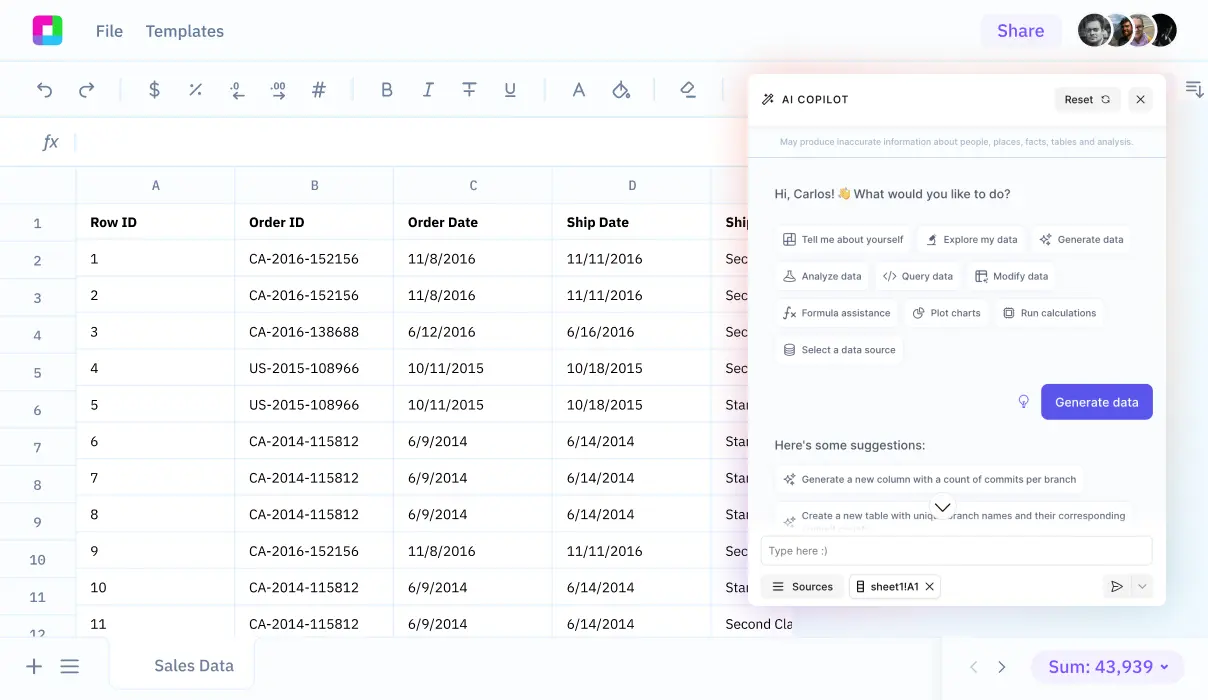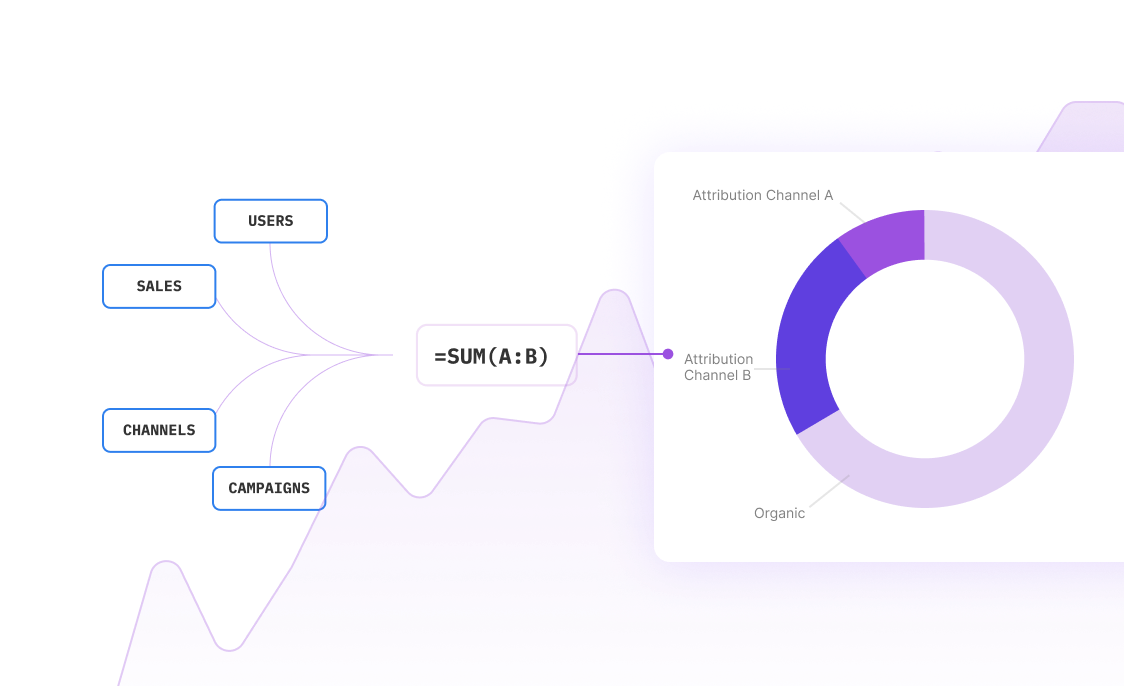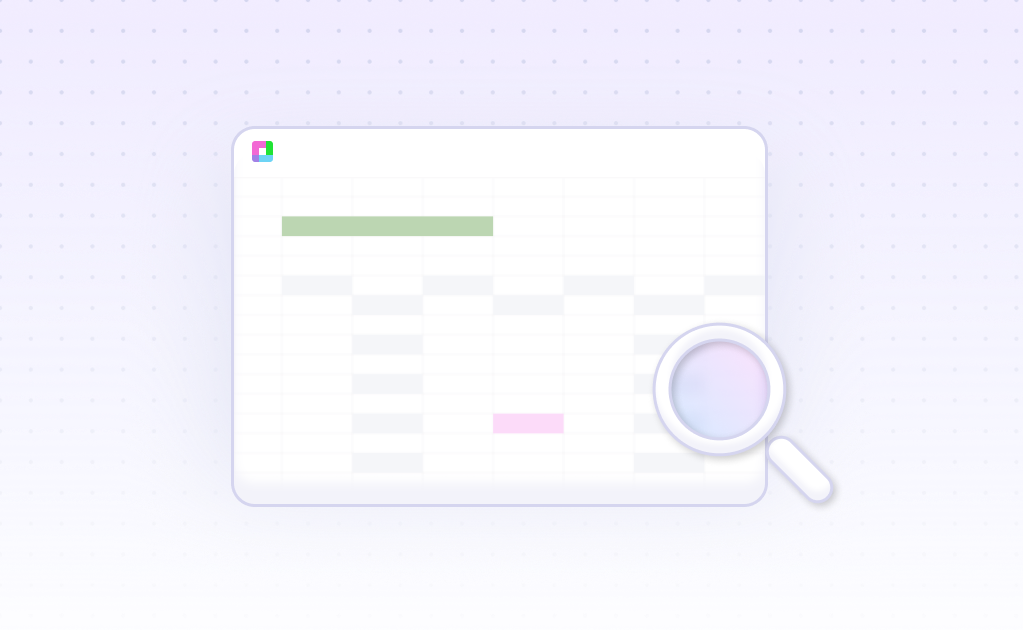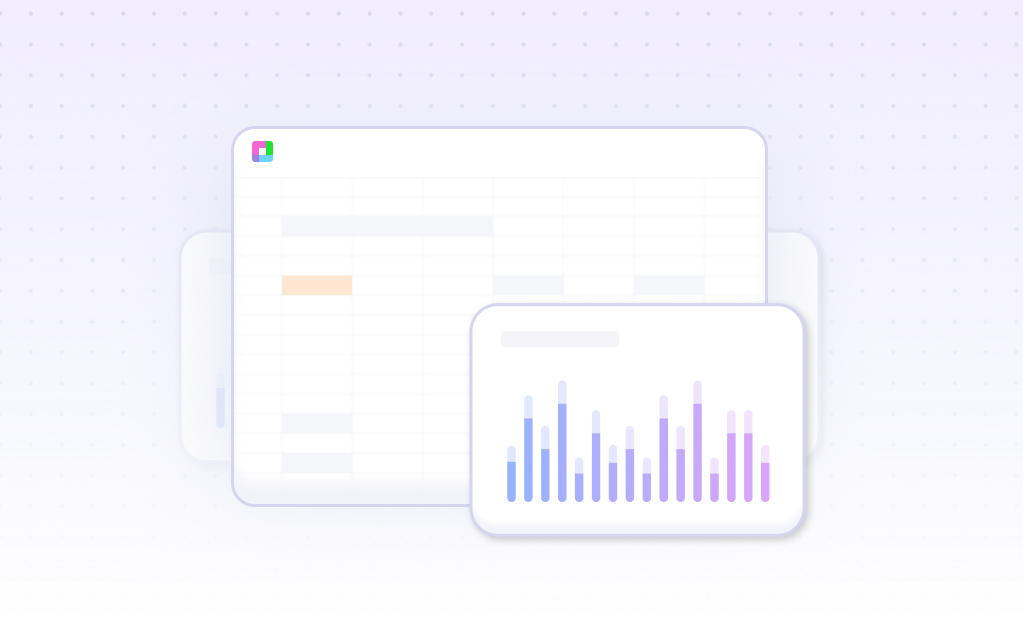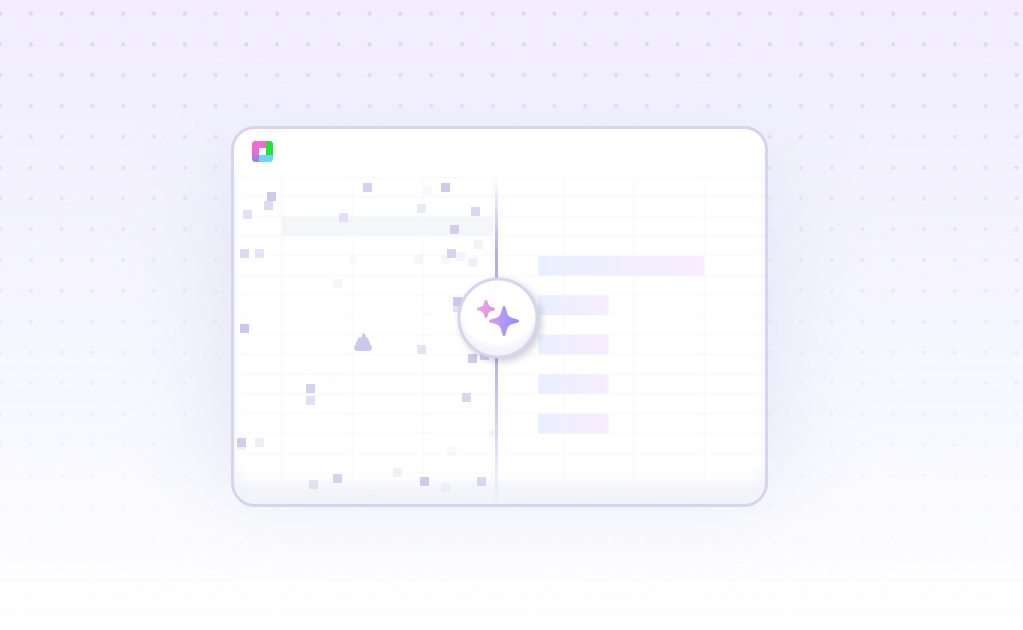
Introduction
Financial contribution analysis calculates how direct and variable costs affect net income across business lines and products. Traditional Excel templates help analyze contribution margins and overhead costs, supported by AI tools that streamline workflows and automate manual tasks. While Excel remains valuable for financial analysis, modern solutions offer enhanced capabilities.
Sourcetable leverages advanced statistical methods and machine learning algorithms to quantify contributions of different factors to financial outcomes. Unlike conventional spreadsheets, Sourcetable integrates seamlessly with existing data infrastructure and allows users to analyze data in one centralized location. Discover how Sourcetable simplifies financial contribution analysis by signing up at sourcetable.com/signup.
Sourcetable: The Optimal Solution for Financial Contribution Analysis
Sourcetable combines powerful contribution margin analysis capabilities with AI-driven automation, making it superior to traditional Excel-based analysis. While both platforms offer essential spreadsheet features like audit trails, calculators, and charting, Sourcetable's AI integration transforms financial analysis workflows.
Enhanced Decision Making
Contribution margin analysis in Sourcetable enables comprehensive insights into profitability, pricing strategies, and product mix optimization. The platform's natural language processing capabilities simplify complex financial calculations, allowing faster, more accurate analysis than Excel-based methods.
Streamlined Collaboration
Like Excel, Sourcetable supports multi-user collaboration and templates. However, Sourcetable's AI-powered features enable seamless data consolidation and automated reporting, streamlining team-wide financial analysis efforts.
Cost Optimization
Sourcetable's advanced analytics help identify areas to reduce variable costs and optimize resource allocation. The platform's visualization tools make it easier to spot cost-saving opportunities and track performance metrics compared to traditional Excel analysis.
Benefits of Financial Contribution Analysis with AI-Powered Spreadsheets
Why Contribution Analysis Matters
Financial contribution analysis provides crucial insights for break-even analysis and product portfolio management. This analytical method helps businesses identify profitable products, optimize pricing strategies, and make informed make-or-buy decisions. Organizations can effectively allocate overhead costs to different cost centers while managing their product portfolio efficiently.
Advantages of Using Sourcetable for Contribution Analysis
Sourcetable enhances contribution analysis through its AI-powered features and intuitive interface. The platform excels at processing CSV files, organizing data efficiently, and generating quick visualizations. Its reliability and speed make it an effective alternative to traditional spreadsheet software.
AI-Powered Advantages Over Traditional Spreadsheets
Modern AI-powered spreadsheets offer significant advantages over traditional tools. With natural language processing capabilities, users can extract insights and analyze data more efficiently. Advanced code generation features support multiple programming languages, producing more accurate and tailored analysis results.
Financial Contribution Analysis Examples with Sourcetable
Sourcetable enables two key types of financial contribution analysis: DCF (Discounted Cash Flow) and LBO (Leveraged Buyout). These AI-powered analyses leverage automated data cleaning, scenario analysis, and financial forecasting capabilities to deliver precise results.
DCF Analysis
The DCF analysis function combines automated data categorization with trend analysis to generate actionable valuation insights. This tool processes complex datasets faster than traditional spreadsheets, improving forecasting accuracy for more reliable future cash flow projections.
LBO Analysis
LBO contribution analysis utilizes AI-driven investment strategy optimization to evaluate leveraged buyout scenarios. The system automates report generation and budgeting calculations, uncovering valuable insights that might be missed in conventional spreadsheet analysis.
Financial Contribution Analysis Use Cases
Customer Churn Prediction |
Connect historical customer data through Sourcetable's data sources to predict which customers are likely to leave. Build automated dashboards to monitor churn risk indicators and take preventive action. |
Sales Forecasting |
Leverage AI-powered trend analysis to predict future sales figures based on historical data. Create automated reports that combine market trends with internal sales data from multiple sources. |
Revenue Contribution Tracking |
Build comprehensive dashboards connecting to over 100 data sources to analyze revenue streams. Automate reporting to track financial contributions across different business segments. |
Business Development Analysis |
Optimize new business acquisition by analyzing sales performance data. Create automated dashboards to identify successful sales patterns and track optimization efforts. |
Frequently Asked Questions
What is financial contribution analysis and why is it important?
Financial contribution analysis examines how much revenue remains after variable costs to cover fixed costs and generate profit. It's a key financial metric that shows the profitability of individual products, services, or business segments. With a higher contribution margin being better, this analysis helps companies make informed decisions about pricing, product mix, and marketing efforts.
How can Sourcetable help me perform contribution margin analysis?
Sourcetable can analyze any CSV or database using AI-powered tools, including LLMs for data analysis, formula assistance, and chart creation. It presents data in Excel-familiar formats while using cloud computing to analyze data faster than traditional spreadsheets. The built-in AI assistant can answer questions about your data and help transform it into meaningful insights.
What specific capabilities does Sourcetable offer for financial analysis?
Sourcetable provides comprehensive data analysis capabilities including text-to-SQL queries, data cleaning, workbook analysis, and visualization tools for creating charts. It can perform vector queries, plot data in 3D, and transform data in 3D and 4D spaces. The platform uses cloud compute for faster analysis and includes an AI assistant to help interpret financial data.
Conclusion
Financial contribution analysis in Excel requires extensive spreadsheet knowledge to calculate contribution margins and evaluate business line performance. While Excel templates can help estimate direct costs and overhead, alternatives exist for those seeking automated solutions.
Sourcetable offers AI-powered financial analysis without requiring Excel expertise. The platform automatically generates essential formulas like SUM and VLOOKUP, creates interactive charts, and integrates with Python and SQL for advanced analysis. With automated data cleaning and voice-driven interactions, Sourcetable streamlines the contribution analysis process.
Ready to simplify your financial contribution analysis? Try Sourcetable now to leverage AI-powered spreadsheet capabilities.
Frequently Asked Questions
If you question is not covered here, you can contact our team.
Contact Us
